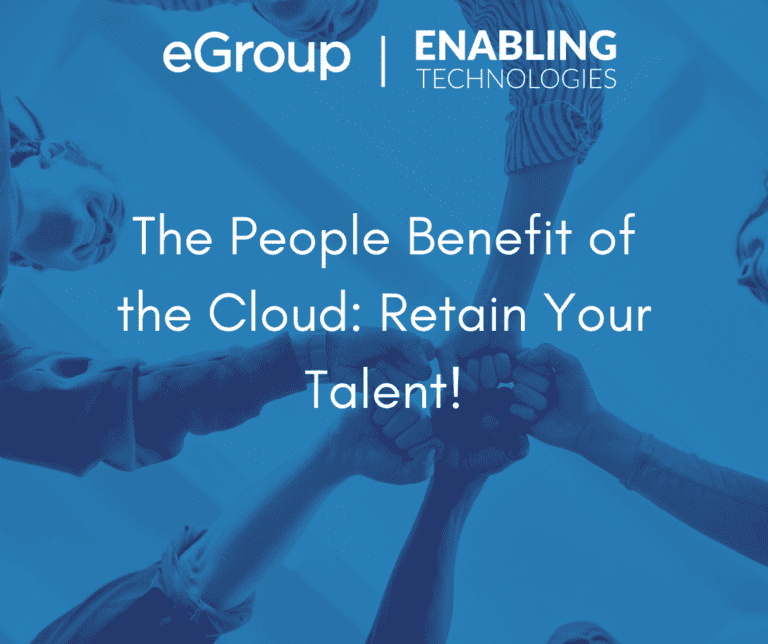The People Benefit of the Cloud: Retain Your Talent!

In recent posts, I have written about how the cloud benefitted my former organizations (in general and financially). The most important asset I had as an IT leader, though, was our people. Keeping them happy was paramount, and especially so in today’s technology job market. Here, I’d like to share some advice on how I have seen cloud technology impact employee retention both in the technology group and in general.
Let’s start with the technology team…
My experience with my teams is that IT folks like to learn, embrace change, and are enthusiastic about keeping their skills up to date. They also have a greater appreciation for what is possible with technology, even if the organization that employs them does not. They will consider other options if their current role doesn’t keep their career moving forward and their workload reasonable.
A few characteristics I noted about my teams, and how the cloud helped them:
As for our business stakeholders..
They also benefit from the advantages above. Put simply, the effort and complexity to get stuff done is reduced and makes their jobs easier and they can focus on their core duties.
(There is one caveat to that statement: Organizational change management, communication, and training are critically important to the successful implementation of new systems and processes. It should accompany any change that impacts how and what people do every day at work.)
Summary
It’s common wisdom that people don’t leave jobs, they leave managers. While that is true in some cases, I have also seen people leave because they weren’t able to grow their skills and were tasked with using dated, manual, or unreliable tools to do things that there was an easy technology solution for. Investing in your people also means investing in the methods and means to do their jobs.
Let eGroup | Enabling Technologies be an extension of your team and handle your IT challenges for you swiftly and efficiently. Contact our team today to get started! info@eGroup-us.com

Strategic Advisor - eGroup | Enabling Technologies